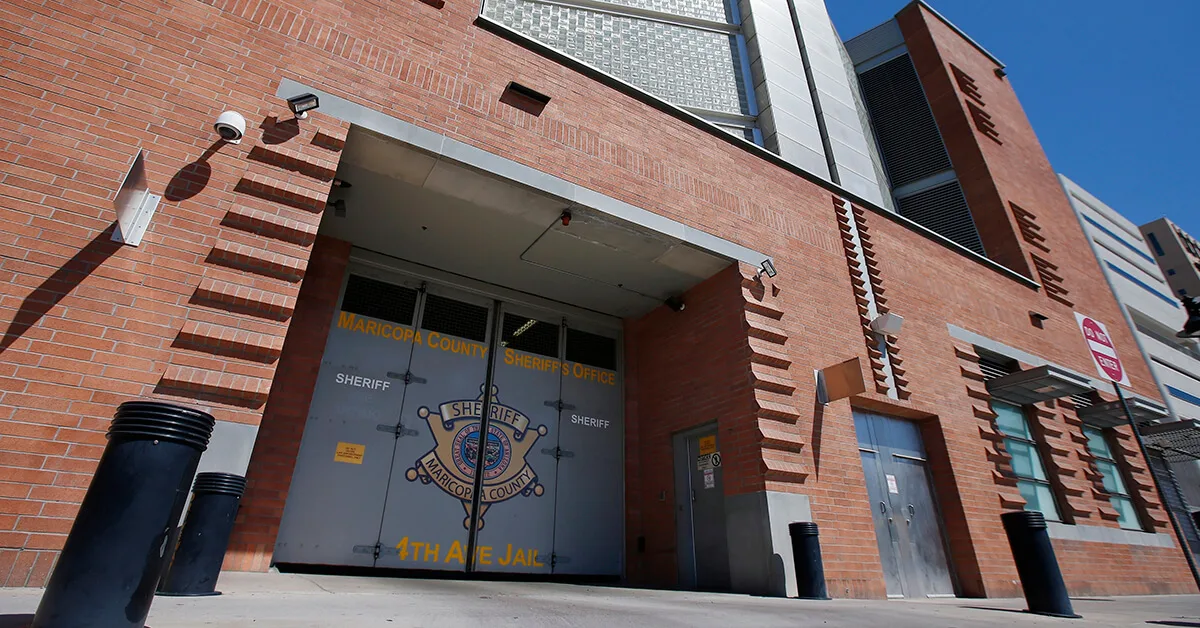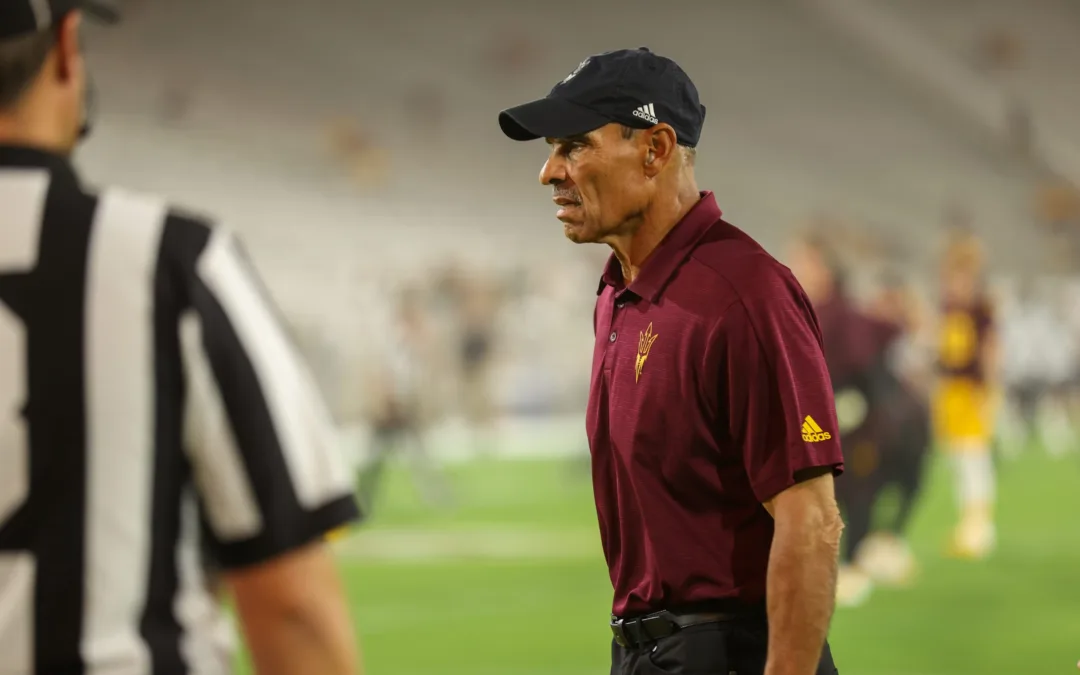
AP Photo/Ross D. Franklin, File
Advocates say that this is a prime example of voter suppression.
Less than 3% of eligible individuals held in an Arizona county jail voted in the 2020 election, according to a new report.
Voting and equity advocates say this is due to counties failing to provide the necessary resources to those in custody, despite the fact that many are awaiting trial or have only been convicted of low-level offenses.
The report from the Arizona Coalition to End Jail-Based Disenfranchisement surveyed Arizona’s 15 counties to better understand voting in jail.
They found that only 2.9%—177 people—of the estimated 5,909 eligible in-custody voters voted, compared to the overall state participation rate of 59%.
Apache County had the highest participation rate with 9.7%, followed by Gila County at 6.4%.
Maricopa County had a participation rate of 3.1%, while numerous counties—Greenlee, La Paz, and Santa Cruz counties—reportedly had none of the total 91 eligible voters in custody participate in the election.
Advocates say that this is a prime example of voter suppression. Many jails fail to provide incarcerated individuals with the information they need in order to register to vote, or to how those who are registered can request their ballot. This only worsened during 2020 due to the COVID-19 pandemic, when jails imposed stricter visitation restrictions.
“On the whole, Arizona counties failed miserably to provide incarcerated voters with sufficient access to voter registration information, voter education, and ballots,” the report explained.
Only two Arizona counties provided sufficient information for incarcerated people to register and vote, specifically Apache and Navajo Counties. Both counties are in relatively rural areas and have smaller jail populations.
The vast majority of counties had very little or no voter education or registration procedures in place at all. Instead, the burden was entirely on the voter.
Politics

Kari Lake calls on Arizona county sheriffs to enforce 1864 abortion ban
Republican candidate for US Senate Kari Lake on Saturday seemed to solidify her support for Arizona’s total abortion ban and called on county...

VIDEO: Arizona Rep. Greg Stanton ‘We will not stay silent’ on abortion ban
@coppercourier "Under this extreme law, women will die, and their doctors and nurses will be criminalized. This cannot stand," Rep. Greg...
Local News

6 terrifying things that could happen if the Comstock Act is used to target abortion
Does 1873 sound like a really, really long time ago? Well, that’s because it is—but if Republicans and far-right anti-abortion activists have their...

ASU football slapped with probation due to violations during Herm Edwards era
The violations described in the NCAA statement include impermissible in-person recruiting contacts while the state of college athletics was...




